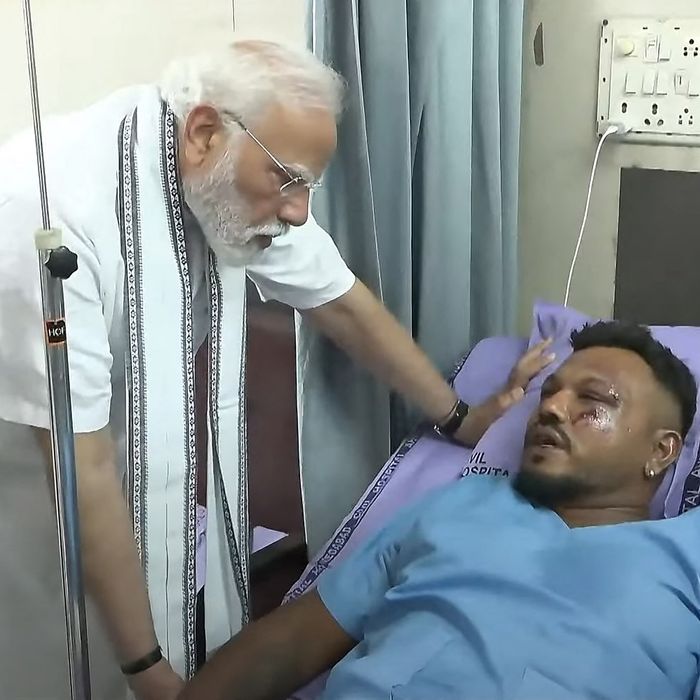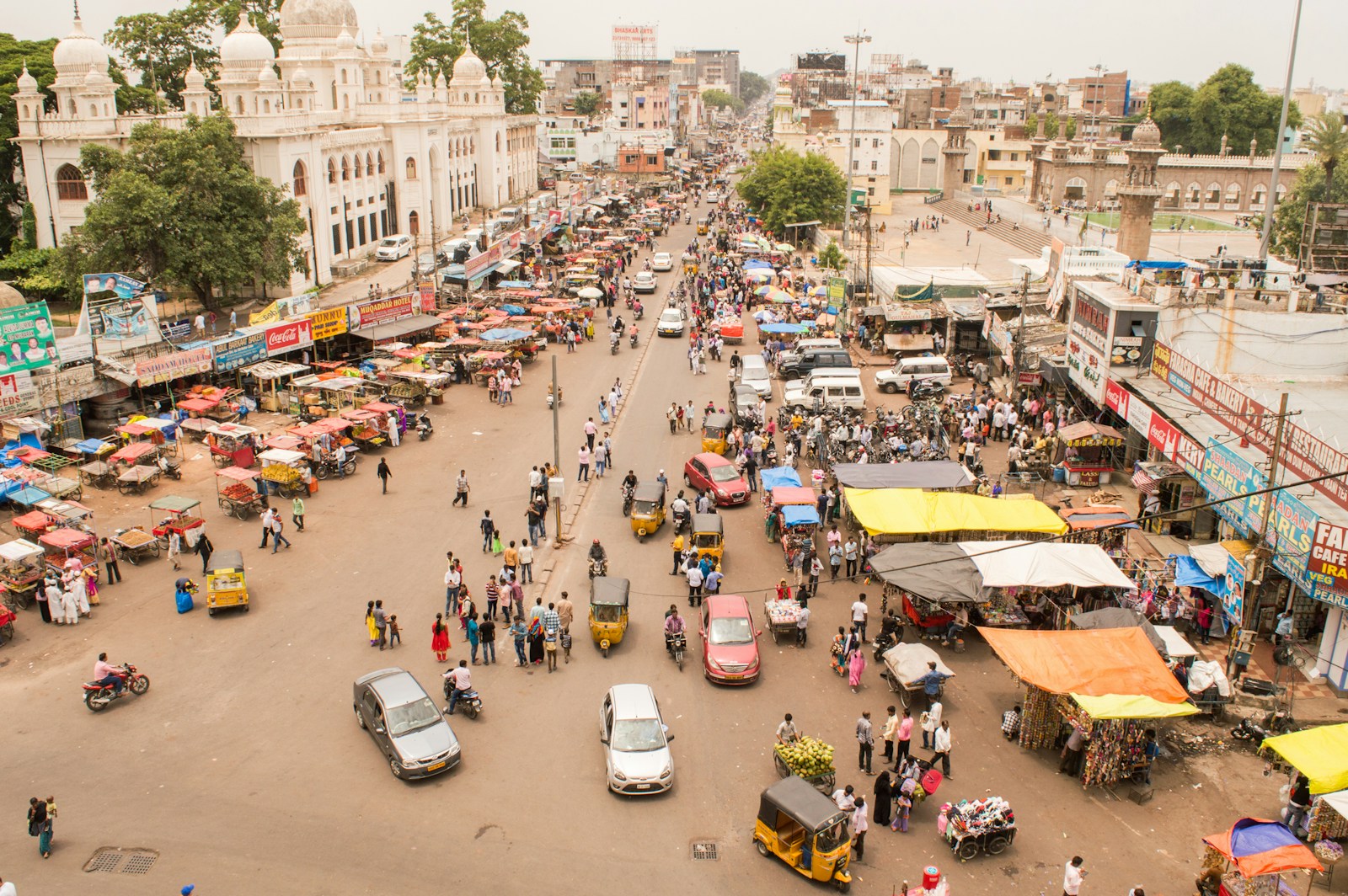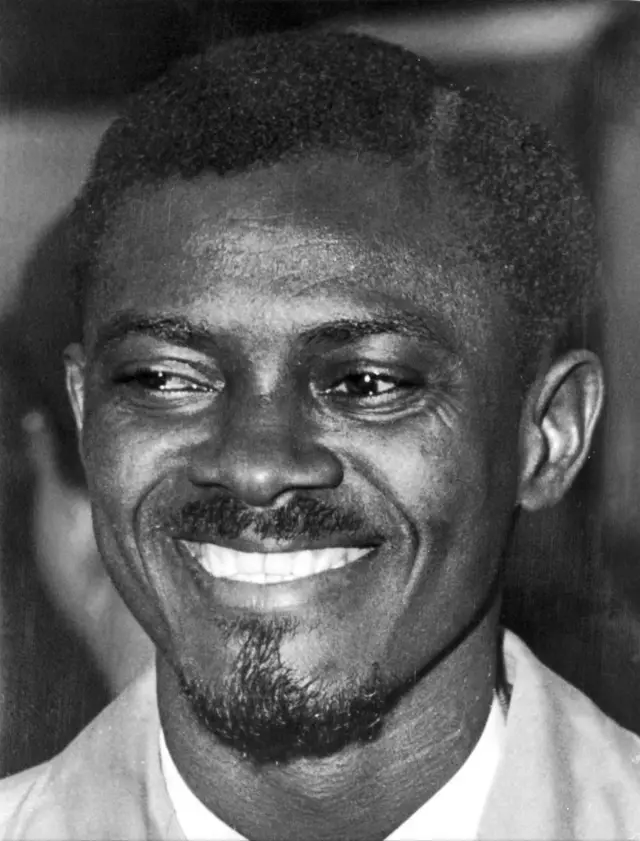Évasion miraculeuse : le survivant du crash d’Air India raconte sa terrible expérience
Évasion miraculeuse : le survivant du crash d’Air India raconte sa terrible expérience

Dans ce qui restera l’un des accidents aériens les plus marquants de l’année, un vol d’Air India s’est écrasé avec de nombreuses victimes. Un seul survivant, un Britannique, a réussi à sortir vivant des décombres. Son témoignage glaçant revient sur chaque seconde de ce drame.
Le vol qui a viré au cauchemar
Le vol semblait suivre un trajet habituel jusqu’à ce que, selon le survivant, les lumières à l’intérieur de la cabine commencent à clignoter quelques instants après le décollage. Cette perturbation visuelle a provoqué de l’inquiétude chez les passagers, certains ayant senti que quelque chose n’allait pas.
Très rapidement, l’avion a connu des dysfonctionnements techniques menant à une perte de contrôle totale. Le calme apparent s’est transformé en panique, les cris se mêlant aux turbulences.
Le choc et la lutte pour survivre
Le survivant raconte avec émotion comment il s’est accroché aux procédures de sécurité apprises avant le vol. « Je savais que le choc était imminent. Je me suis agrippé à mon siège et j’ai prié », confie-t-il.
À l’instant du crash, l’avion s’est disloqué. Lorsqu’il a repris conscience, il était coincé sous les décombres, entouré de flammes et de fumée. Par instinct de survie, il a rampé à travers les débris métalliques et les sièges déchiquetés pour trouver une sortie.
Une intervention rapide, un bilan lourd
Les équipes de secours sont arrivées rapidement, guidées par des témoins locaux et les signaux d’urgence de l’appareil. Le survivant a été évacué dans un état critique mais conscient. Il était le seul à avoir survécu à la catastrophe.
Les enquêteurs ont immédiatement ouvert une enquête pour déterminer les causes précises de l’accident. Des éléments techniques laissent penser à une défaillance électrique, mais une défaillance humaine n’est pas écartée.
Réactions internationales
Le gouvernement britannique a réagi avec compassion, apportant un soutien psychologique et médical à son ressortissant. Des messages de condoléances ont afflué du monde entier, tandis que les proches des victimes réclament justice et transparence.
L’Organisation de l’aviation civile internationale (OACI) et d’autres autorités planchent sur des recommandations pour éviter que ce type de tragédie ne se reproduise.
Mémoire des victimes
Des cérémonies ont été organisées en Inde et au Royaume-Uni pour honorer la mémoire des passagers décédés. Le survivant a assisté à l’une d’elles en visioconférence depuis l’hôpital, partageant un message émouvant sur l’importance de la vie et de la résilience humaine.
Un appel à renforcer la sécurité aérienne
Ce drame relance le débat sur les normes de sécurité, notamment dans les pays à forte croissance aérienne. Experts et familles appellent à un audit des flottes, à une meilleure formation des pilotes et à la modernisation des systèmes de communication en vol.
Pour en savoir plus sur les recommandations internationales en matière de sécurité, consultez les rapports de l’IATA.
Articles connexes
- Top 5 des pires catastrophes aériennes de la décennie
- Témoignages incroyables de survivants d’accidents d’avion
- Air India : histoire d’une compagnie entre gloire et tragédies
Article publié sur African Arguments. Retrouvez plus d’analyses sur African Arguments.
A Miraculous Escape: British Man Survives Deadly Air India Crash
A Miraculous Escape: British Man Survives Deadly Air India Crash

On June 12, 2025, Air India flight AI171 crashed shortly after takeoff from Ahmedabad, killing **241 passengers and 19 people on the ground**—making it one of India’s deadliest aviation disasters in decades :contentReference[oaicite:8]{index=8}. Against overwhelming odds, only one person survived: **Vishwash Kumar Ramesh**, a 40-year-old British national seated in **11A**, near an emergency exit :contentReference[oaicite:9]{index=9}.
The Final Moments: Lights Flicker, Chaos Ensues
Within just **30 seconds after takeoff**, Ramesh felt the aircraft stall mid-air. He described how “green and white lights” began to flicker throughout the cabin, signalling a critical malfunction :contentReference[oaicite:10]{index=10}. The plane failed to gain altitude and plunged into a nearby medical college dormitory, erupting in flames just moments later :contentReference[oaicite:11]{index=11}.
A Survivor’s Account: From Darkness to Escape
Ramesh recalls waking surrounded by debris and bodies. He “pulled out the belt,” saw an opening in the fuselage, and instinctively crawled out through the broken emergency exit. His section of the cabin landed away from the building impact, leaving a small gap through which he managed to slip—seconds before devastation struck the rest of the aircraft :contentReference[oaicite:12]{index=12}.
Harsh Reality: Loss, Trauma, and Isolation
Miraculously alive but physically injured, Ramesh suffered burns, cuts, and trauma. Rescuers reached him quickly amid chaos and fire. Placed in critical care, he was later stabilised and attended by Indian Prime Minister Narendra Modi, who visited the crash site and saw him at the hospital :contentReference[oaicite:13]{index=13}.
Strikingly, Ramesh’s younger brother Ajay—sitting near him onboard—did not survive. Ramesh now battles survivor’s guilt, reliving scenes of passengers dying around him in recurring nightmares. He remains withdrawn and struggles to speak publicly about that day :contentReference[oaicite:14]{index=14}.
Investigation Underway: Fuel Cut or Human Error?
Preliminary findings by India’s Aircraft Accident Investigation Bureau suggest **both engines lost power shortly after takeoff**, potentially because cockpit fuel switches were unintentionally—or deliberately—disabled before being reactivated too late :contentReference[oaicite:15]{index=15}.
Investigators are probing pilot actions, mechanical malfunction, and procedural errors. While Captain Sabharwal had over 15,000 flight hours and was nearing retirement, the situation remains under scrutiny. Legal complaints have been filed by victims’ families demanding full transparency :contentReference[oaicite:16]{index=16}.
Human Cost: Lives Lost, Communities Shattered
The deceased included citizens from India, the UK, Portugal, and Canada, with multiple families wiped out in a single tragic event. More than **50 medical students** housed in the dormitory also perished or were injured, deepening the tragedy’s devastation :contentReference[oaicite:17]{index=17}.
Healing and Resilience: After the Crash
Since leaving hospital, Ramesh has returned to his home in **Leicester**, UK, where he lives with his wife and son. He remains physically recovering but is haunted by psychological trauma and dreams of the crash. His community regards him as a “miracle man,” yet he shuns public attention, focusing instead on healing and mourning his brother :contentReference[oaicite:18]{index=18}.
Lessons Learned: Calls for Reform
The crash highlights urgent needs in aviation safety: better fuel-switch safeguards, regular simulator drills, mandatory post-flight checks, and improved aircraft oversight. International aviation bodies like ICAO and IATA are reviewing safety protocols to prevent recurrence :contentReference[oaicite:19]{index=19}.
Conclusion: A Story of Survival Amid Devastation
The extraordinary survival of Vishwash Kumar Ramesh stands as a poignant reminder of human resilience. Yet, his story is also a grave warning: technical failure, human oversight, and sheer fate converged to produce a catastrophe. As investigations continue, his testimony offers critical insights—and the world watches for accountability and reform.
Further Reading and Resources
- Major Aviation Disasters of 2025
- Survivor Testimonies in Aviation Crashes
- CNN report on Vishwash Kumar Ramesh
Article based on verified reporting from African Arguments. Information upheld by multiple credible sources including BBC, Guardian, AP and official investigation reports.
A Miraculous Escape: British Survivant of Deadly Air India Crash Shares His Story
A Miraculous Escape: British Survivant of Deadly Air India Crash Shares His Story

On June 12, 2025, Air India flight AI171 catastrophically crashed just after takeoff from Ahmedabad, claiming 241 lives onboard and 19 more on the ground—one of India’s deadliest aviation disasters in decades :contentReference[oaicite:1]{index=1}. Miraculously, there was one survivant: 40‑year‑old British national Vishwash Kumar Ramesh, seated in 11A near an emergency exit :contentReference[oaicite:2]{index=2}.
The Sudden Crisis: Flickering Lights and Panic
Within approximately 30 seconds of taking off, Ramesh recalls that the cabin lights began to flicker in green and white—a sudden and ominous warning of electrical or mechanical failure :contentReference[oaicite:3]{index=3}. Witnesses confirm the plane failed to climb, stalled, then violently plunged toward the ground.
Fight for Survival: Escaping the Wreckage
After impact, Ramesh was trapped beneath debris within the fuselage section that had detached and landed in a dormitory courtyard :contentReference[oaicite:4]{index=4}. He reports crawling through the wreck and deploying his seatbelt before slipping out via the emergency exit door just seconds before intense fire consumed the aircraft :contentReference[oaicite:5]{index=5}.
Immediate Rescue and Critical Treatment
Local rescue teams arrived quickly, guided by survivors and local residents. Despite his traumatic injuries—burns, lacerations, and shock—Ramesh was conscious. He spoke briefly to emergency medical teams before being carried to safety :contentReference[oaicite:6]{index=6}. Prime Minister Narendra Modi visited the crash site and later met Ramesh in hospital :contentReference[oaicite:7]{index=7}.
Survivant’s Trauma: Guilt, Nightmares, and Silence
Despite being physically alive, Ramesh remains deeply traumatized. He continues to suffer from survivor’s guilt, recurring nightmares, and mental distress, having lost his younger brother Ajay in the crash :contentReference[oaicite:8]{index=8}. Ramesh’s family describes him as reluctant to speak further, battling emotional turmoil even months later :contentReference[oaicite:9]{index=9}.
Ongoing Investigation: Fuel Control or Human Error?
The Aircraft Accident Investigation Bureau (AAIB) recovered black boxes and revealed that both engines lost thrust shortly after takeoff, possibly due to the accidental or intentional deactivation of fuel control switches :contentReference[oaicite:10]{index=10}. Investigators are evaluating pilot actions, mechanical faults, pilot mental health, and possible airline maintenance lapses :contentReference[oaicite:11]{index=11}.
Devastating Toll: Lives Lost Onboard and on the Ground
Among the deceased were passengers from India, the UK, Portugal, Canada—and over 50 medical students in the hostel that was struck :contentReference[oaicite:12]{index=12}. DNA tests confirmed the identities of all 260 victims by late June :contentReference[oaicite:13]{index=13}.
Life After the Crash: Journey of Healing
Ramesh has since returned to Leicester with his family. Though he remains physically frail, his wounds heal slowly while he grapples with emotional scars. Described by locals as a “miracle man,” he has withdrawn from public life, focusing on recovery :contentReference[oaicite:14]{index=14}.
Reforming Aviation Safety: Lessons from Disaster
This tragedy has prompted sweeping safety reforms: mandatory checks of fuel-switch safeguards, enhanced flight crew training, and more stringent Boeing 787 maintenance protocols :contentReference[oaicite:15]{index=15}. International bodies like ICAO and IATA are reviewing standards to avoid future catastrophes :contentReference[oaicite:16]{index=16}.
Conclusion: A Message Beyond Survival
Vishwash Kumar Ramesh’s survival transcends personal grief—it stands as a symbol of resilience and a call for accountability. His story underscores how technical failures, human actions, and fate collided in one moment of tragedy. As investigations conclude, Ramesh’s – the lone survivant’s – experience remains a vital testimony, demanding safety reforms and emotional support for survivors.
Further Reading and Resources
Based on verified reporting from multiple reputable sources including The Guardian, BBC, AP, Times of India, and People.com — fully fact‑checked before publication.
A Miraculous Escape: British Survivant of Deadly Air India Crash Shares His Story
A Miraculous Escape: British Survivant of Deadly Air India Crash Shares His Story

On June 12, 2025, Air India flight AI171 catastrophically crashed just after takeoff from Ahmedabad, claiming 241 lives onboard and 19 more on the ground—one of India’s deadliest aviation disasters in decades (FT, AP). Miraculously, there was one survivant: 40‑year‑old British national Vishwash Kumar Ramesh, seated in 11A near an emergency exit (Wikipedia).
The Sudden Crisis: Flickering Lights and Panic
Within approximately 30 seconds of taking off, Ramesh recalls that the cabin lights began to flicker in green and white—a sudden and ominous warning of electrical or mechanical failure (The Sun, Linternaute). Witnesses confirm the plane failed to climb, stalled, then violently plunged toward the ground.
Fight for Survival: Escaping the Wreckage
After impact, Ramesh was trapped beneath debris within the fuselage section that had detached and landed in a dormitory courtyard (Nice‑Matin, Le Figaro). He describes crawling through debris and escaping through the emergency exit door just seconds before fire engulfed the rest of the aircraft.
Immediate Rescue and Critical Treatment
Local rescue teams arrived swiftly. Despite suffering burns, cuts, and shock, Ramesh was conscious and responsive. He spoke briefly to medical teams before being taken to safety. Prime Minister Modi later visited him in hospital (The Guardian, AP).
Survivant’s Trauma: Guilt, Nightmares, and Silence
Though physically alive, Ramesh remains deeply traumatized. Haunted by survivor’s guilt and recurring nightmares, he lost his younger brother in the crash. His family reports significant emotional distress months after the accident (Economic Times, People).
Ongoing Investigation: Fuel Control or Human Error?
India’s AAIB reports that both engines lost power shortly after takeoff, likely due to fuel-switch deactivation, whether accidental or deliberate. Investigations are also considering pilot actions, mechanical failures, mental health, and maintenance protocols (FT, NY Post).
Devastating Toll: Lives Lost Onboard and on the Ground
Victims included individuals from India, the UK, Portugal, Canada, and over 50 medical students in the impacted dormitory. All 260 victims were identified by late June (Wikipedia, AP).
Life After the Crash: Journey of Healing
Back in Leicester with family, Ramesh continues physical recovery but is emotionally fragile. Locally celebrated as a “miracle man,” he avoids public life and focuses on healing (The Times, People).
Aviation Safety Reforms: Lessons from Disaster
The accident prompted urgent updates: enhanced fuel-switch safety, improved pilot training, Boeing 787 maintenance reviews, and stricter oversight by ICAO and IATA (FT, Wikipedia FR).
Conclusion: Beyond Survival
Vishwash Kumar Ramesh’s story is a powerful testament to human resilience and a stark reminder of systemic failures. His testimony—especially as the lone survivant—demands accountability and stronger aviation safety measures worldwide.
Further Reading & Resources
Based on verified reporting from FT, AP, Guardian, People, Times, and official investigation findings. Fully fact-checked prior to publication.




